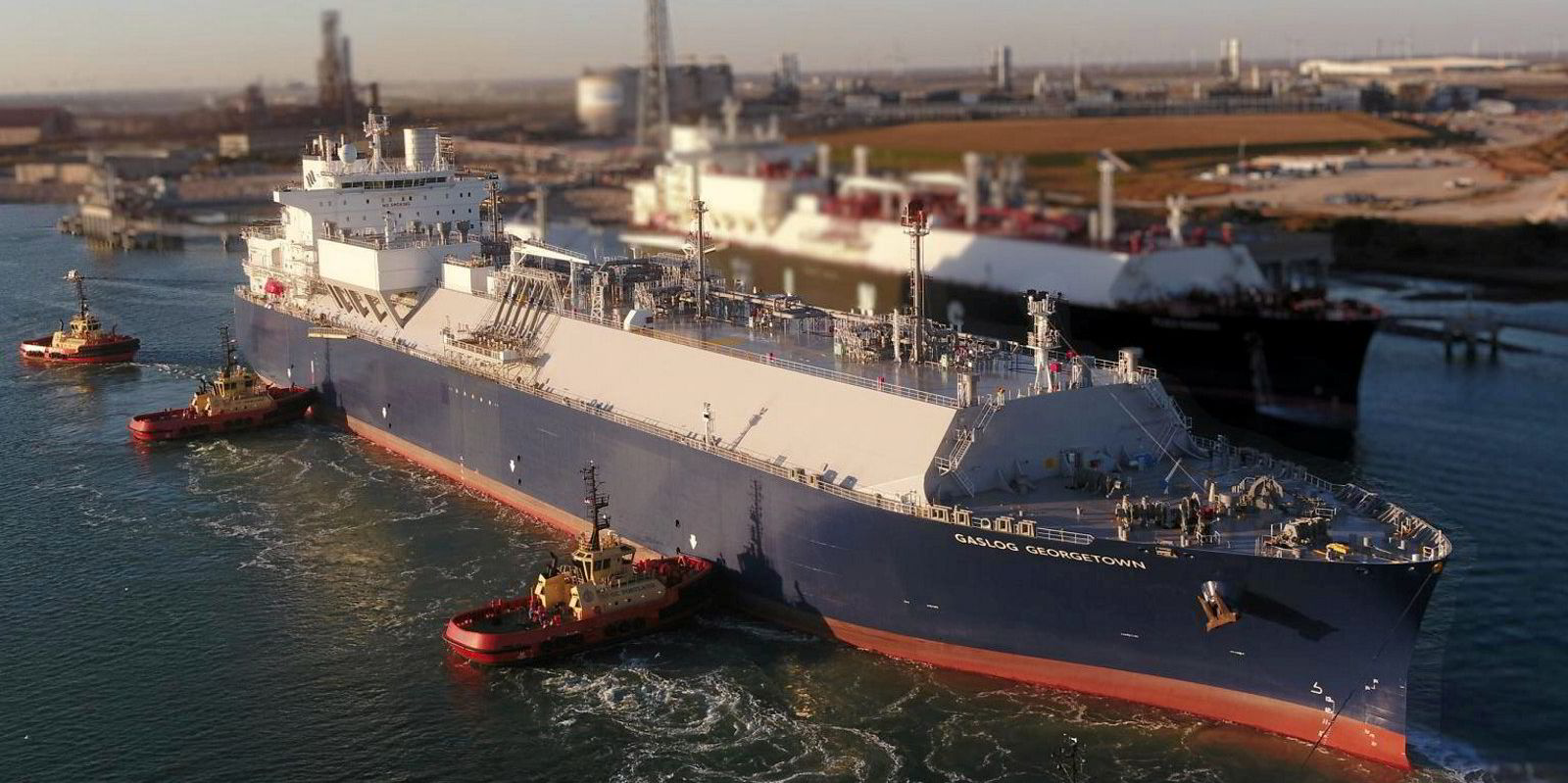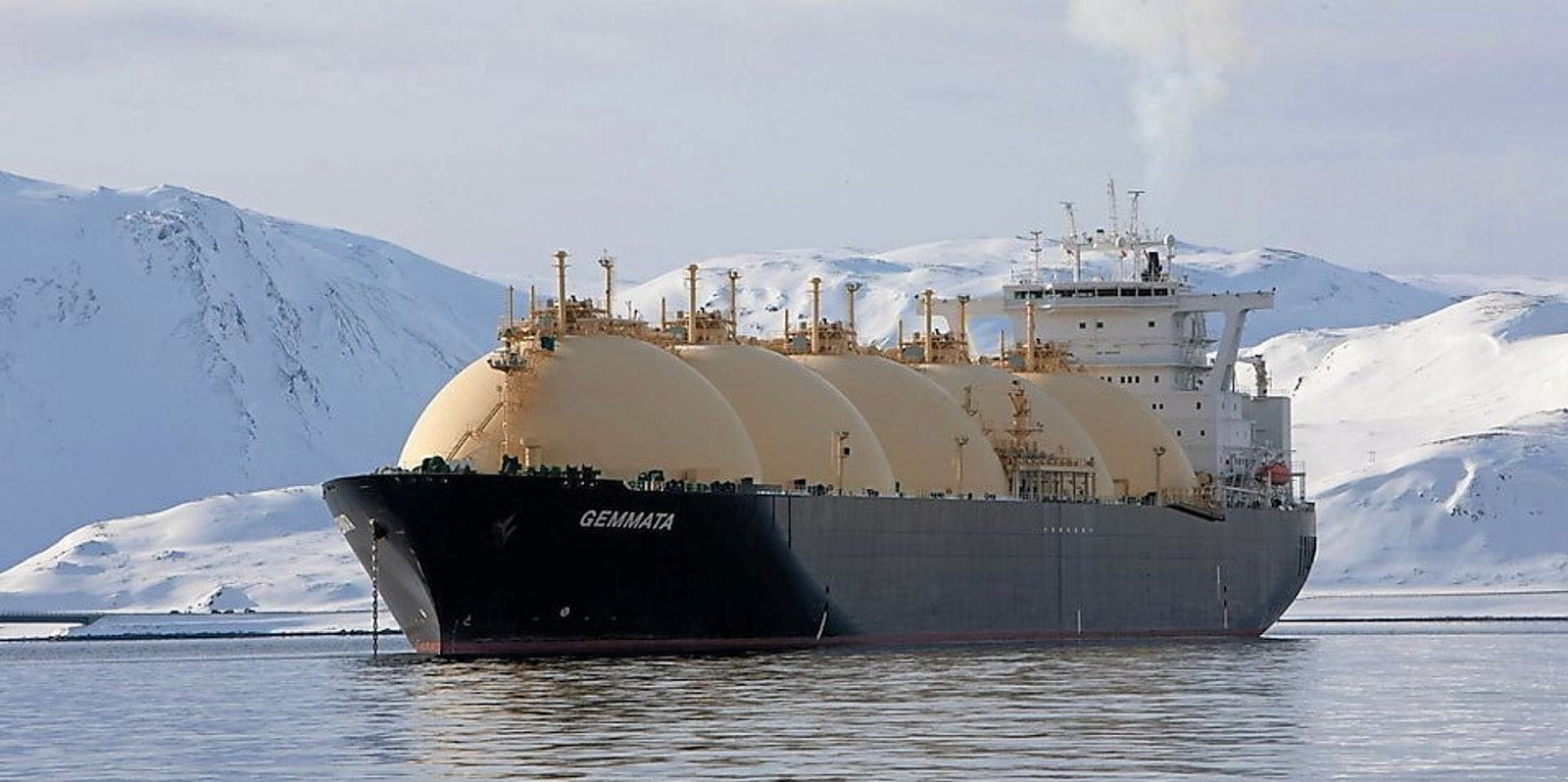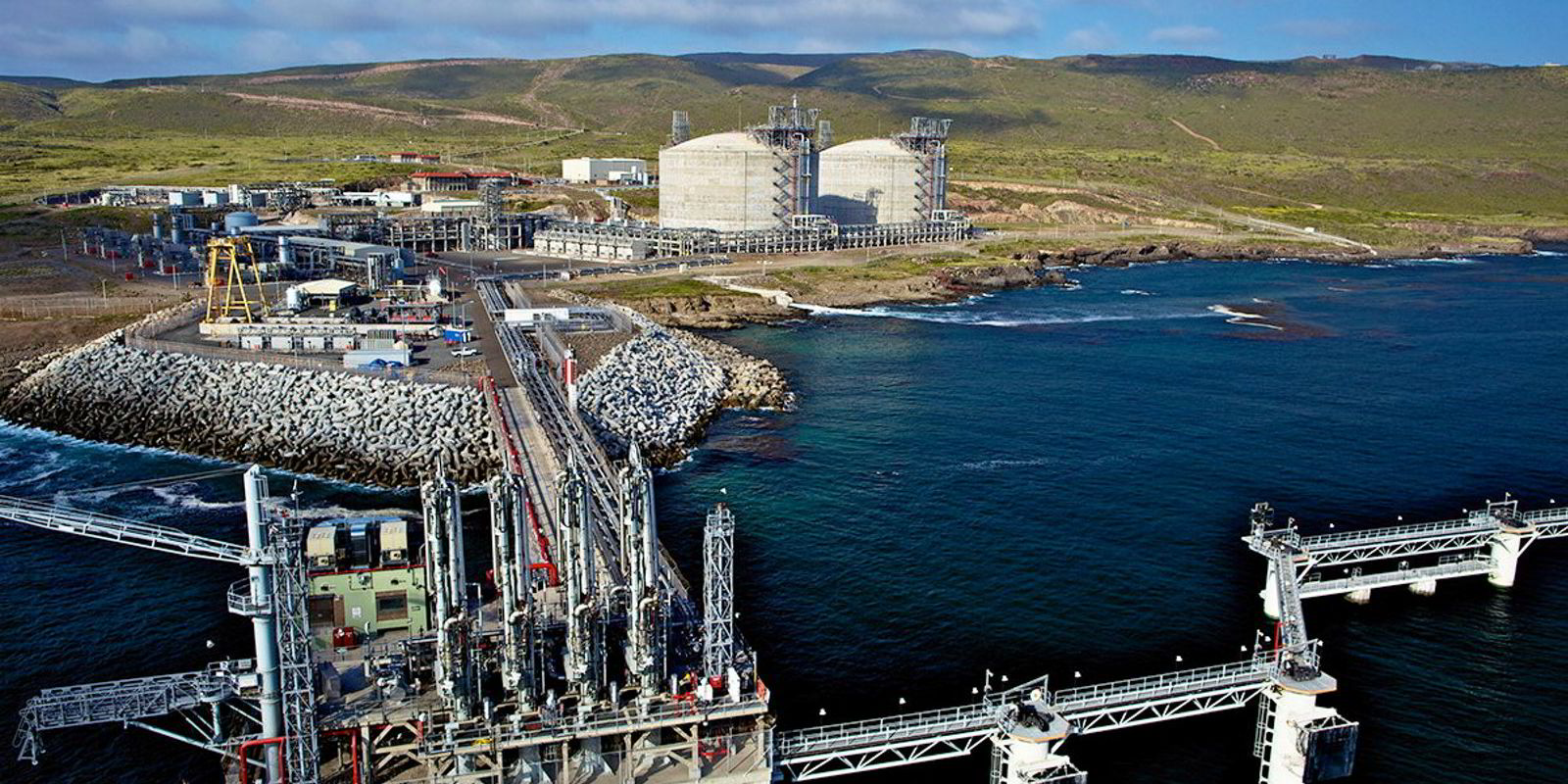New guidelines have been launched in a bid to provide greater consistency, more transparency and high standards for emissions reporting for LNG cargoes.
They also cover cargoes' carbon neutrality and offsetting.
The International Group of Liquefied Natural Gas Importers (GIIGNL) has produced the "Monitoring, Reporting, and Verification, and GHG Neutral Framework".
From today, industry players can access the standards in a series of documents on LNG importers group's website.
These include the framework principles along with appendices containing several reporting scenario examples that explain how to apply the methodologies and standards outlined.
There is also a document template called "the cargo statement", which gathers all the information which needs to be set out to show alignment with the framework.
This includes details on which greenhouse gas (GHG) standards are used to calculate emissions, the part of the LNG chain monitored, the type of offsets if they are being used and a company's strategy on offsetting plus measurements of methane intensity.
To demonstrate alignment with the framework, the cargo statement needs to be independently verified by third-party entities.
GIIGNL secretary general Vincent Demoury told TradeWinds that the driver for the new framework was the growing awareness that the industry needs to provide more transparency on GHG emissions associated with LNG cargoes.
It was also that improved measurement reporting and verification is the "pillar for emissions reduction".
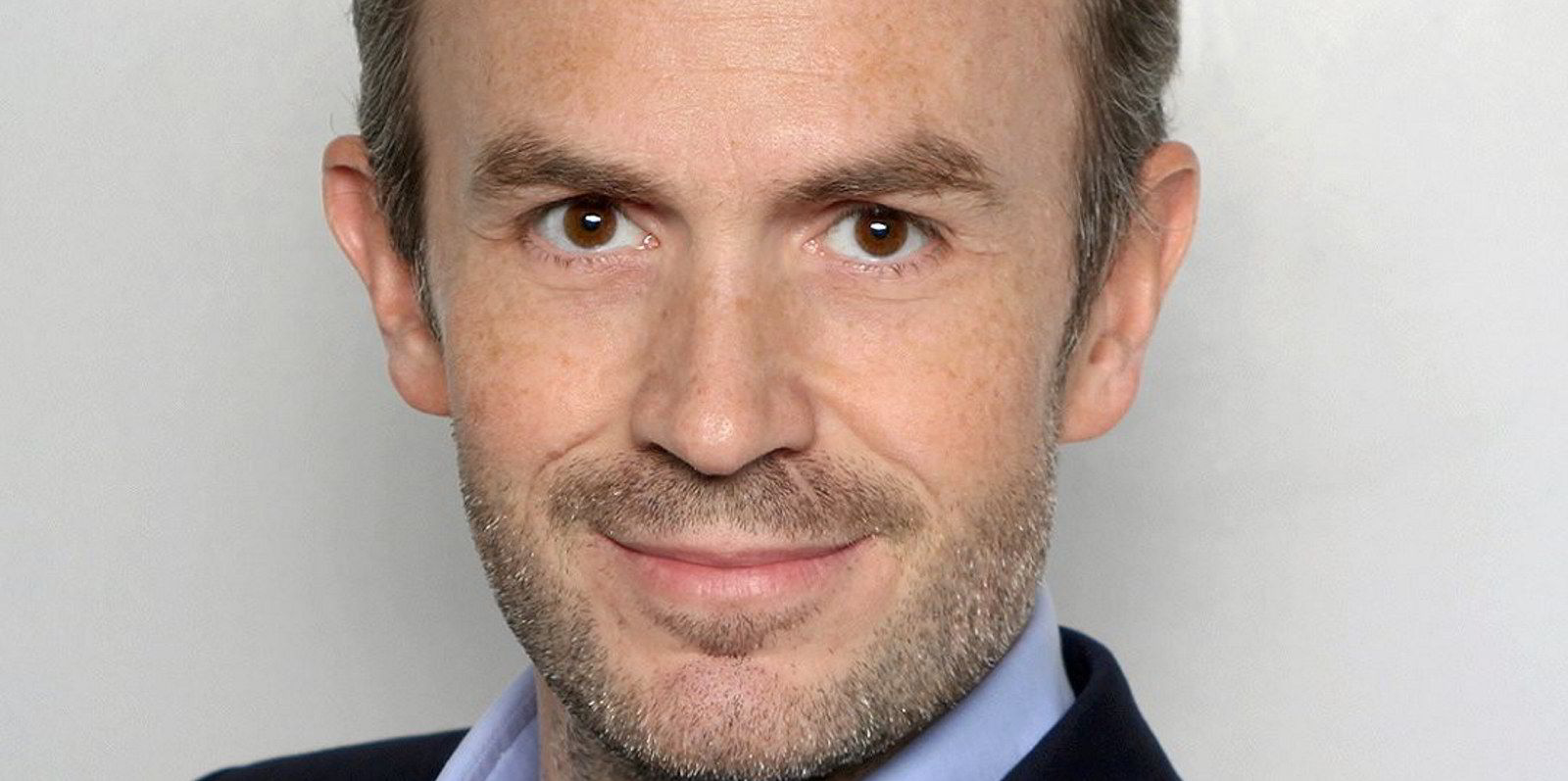
Demoury said the new guidelines can be used for all of the LNG lifecycle from production to end-use or any single part of it.
He explained that the methodologies have been selected from the most stringent international standards existing today and the use of primary data is requested.
Shipping emissions
For the shipping segment, he said this will require the measurement of emissions from each ship and for each voyage.
Demoury said shipping is one of the easiest stages of the chain to measure emissions because it is constrained within the boundary of loading and unloading.
But he would expect it will include all sources such as fuel combustion, boil-off, methane slip, venting, fugitive, onboard, loading, unloading and reloading emissions.
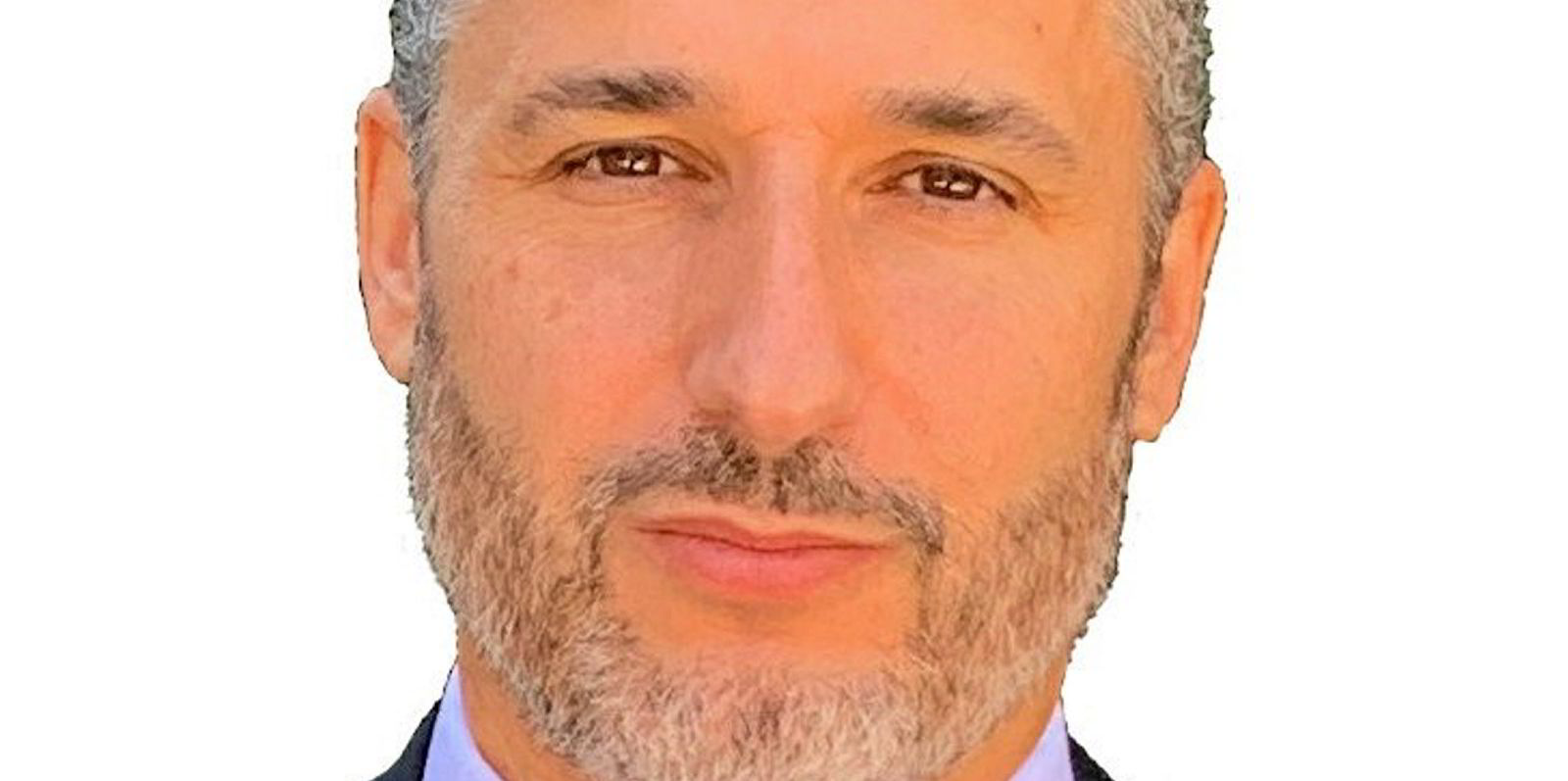
Naturgy maritime transport director Francisco Alonso Gallego said the new framework is likely to be attractive for charterers. But he indicated that verification is key.
"It is a must," he said. "We have to do it."
"The objective is to incentivise players which are at different levels of progress today to progressively improve," Demoury said.
He said those looking to achieve the high bar of carbon neutrality for their cargoes will need primary data for all stages of the value chain, to demonstrate they have a long term decarbonisation commitment, an emissions reductions plan in place and high-quality carbon offsets.
The first so-called carbon neutral LNG cargo was shipped in 2019 but 30 shipments have now been contracted on this basis with the trend accelerating in 2021.
"We felt that we needed to bring some clarity to external stakeholders and to bring some industry discipline in this area so that the companies who are making GHG neutral declarations can make those declarations in a transparent and credible manner," Demoury said.
- GIIGNL president Jean Abiteboul:
“To fulfil the LNG industry’s critical and unique role in supporting the global economy to transition to net-zero emissions, it is imperative that our sector consistently and collaboratively accounts for emissions across the entire value chain.
“Alongside reducing and offsetting overall emissions, it is our intention that the Framework assists the industry in demonstrating greater transparency.”
“We encourage the industry to begin using the framework from now on but we understand that alignment will take time as industry participants build necessary resources and capabilities. We look forward to working with all stakeholders so that the global community has the best chance of reaching net-zero climate goals,”
- Shell Energy executive vice president and GIIGNL regional vice president for the Americas Steve Hill:
“The framework provides organisations across the industry with a best-practice approach specifically designed to enhance transparency and accuracy in quantifying, reporting, and offsetting emissions associated with LNG cargoes.
"We are keen to start the groundwork on applying this framework to deliver a test “GHG neutral” LNG cargo as defined by the framework.”
- Tokyo Gas chairperson and GIIGNL regional vice president for Asia Michiaki Hirose:
“While corporate strategies to reach GHG neutrality may differ from one company to another, the industry expects to achieve GHG reductions throughout the LNG value chain."
- Sempra Infrastructure president and GIIGNL executive committee member Dan Brouillette:
“The tools and pathways provided within the Framework will help LNG organisations create clear and reliable GHG emissions reporting that can be independently verified, supporting them to make good on their climate commitments.”
